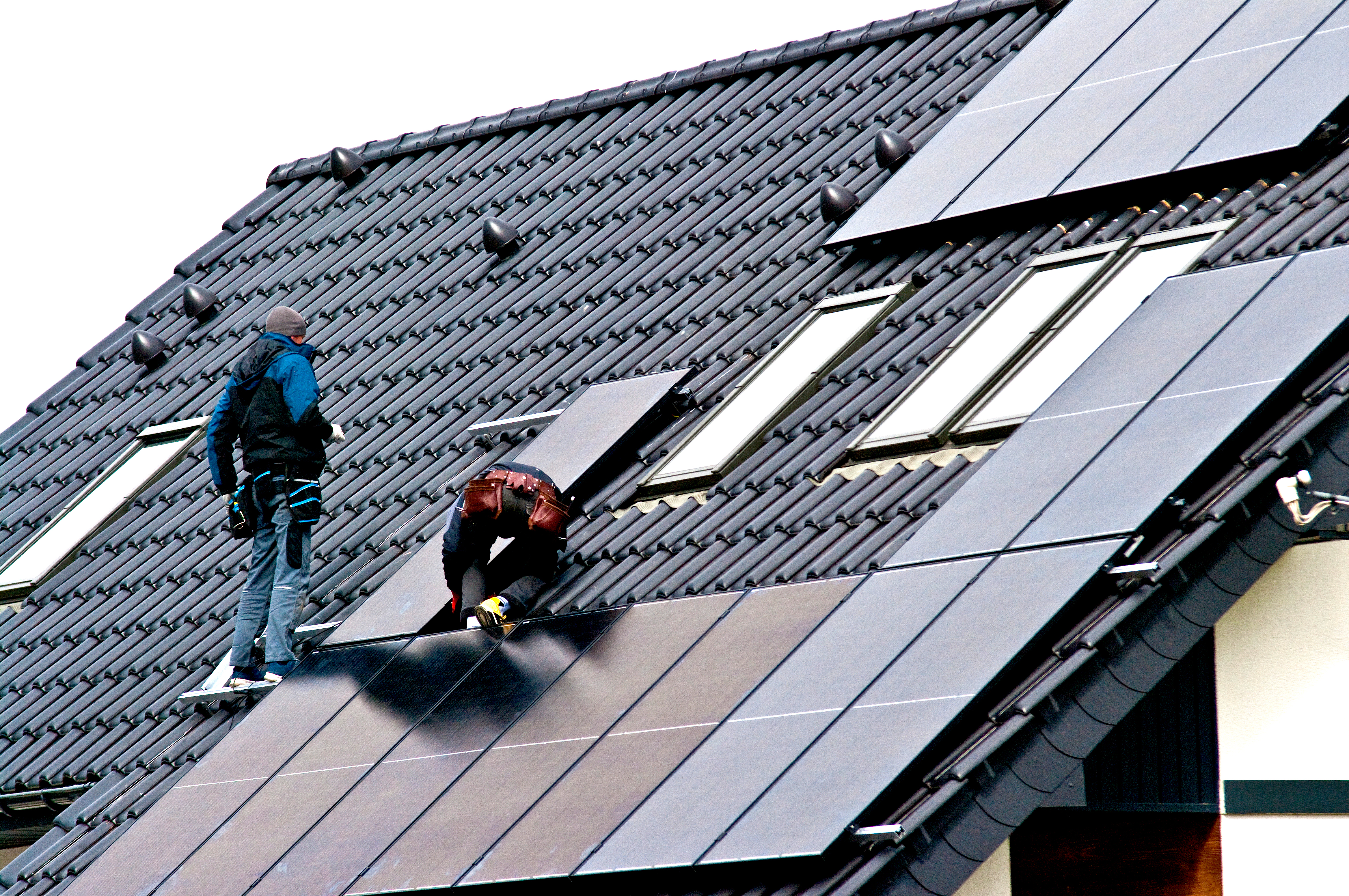With 35% of homes in Southern Australia having solar arrays, there's an unanticipated problem. On sunny days, 'independent' solar arrays can supply more than 100% of the demand for power. Utilities currently have no way to control this independent production, which can lead to very bad things happening.
If more power is supplied to the grid then is being used by the grid, the voltage rises. Electronics and machinery may be damaged. At some point, the safety systems on the grid-tie inverters will trip on overvoltage en masse, with utilities unable to respond quickly enough to this step-increase in generation required, resulting in blackouts.
100% of power needs supplied by solar! A huge win! Nope, not quite....

 hackaday.com
hackaday.com
If more power is supplied to the grid then is being used by the grid, the voltage rises. Electronics and machinery may be damaged. At some point, the safety systems on the grid-tie inverters will trip on overvoltage en masse, with utilities unable to respond quickly enough to this step-increase in generation required, resulting in blackouts.
100% of power needs supplied by solar! A huge win! Nope, not quite....

South Australia Vs. Too Much Home Solar
Once upon a time, the consensus was that renewable energy was too expensive and in too sparse supply to be a viable power source to run our proud, electrified societies on. Since then, prices of so…

